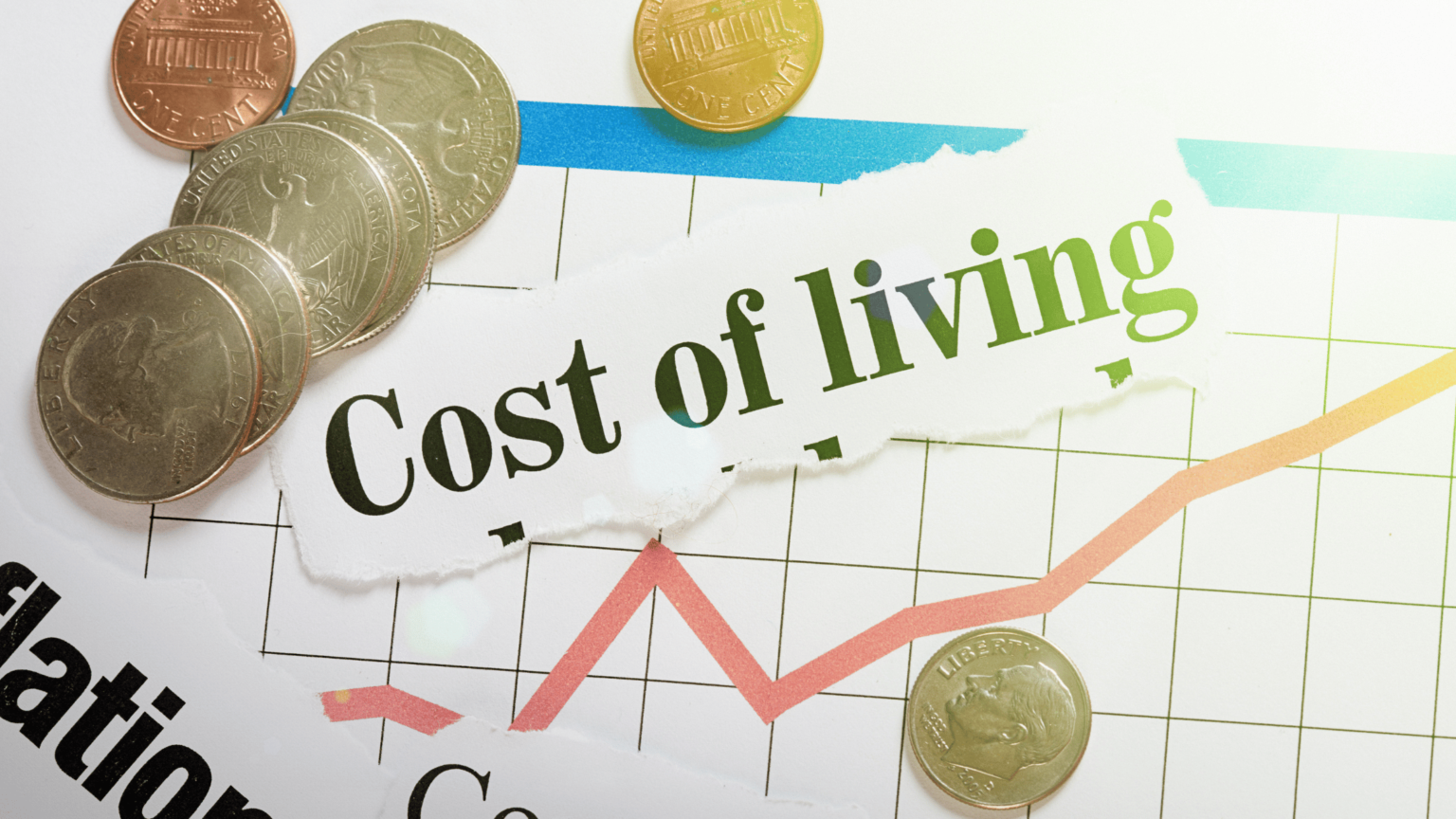Historical Analysis of Cost of Living: A Comparison of 2003 and the Present Day
| Item/Service | Price in 2003 | Price Today |
|---|---|---|
| Gold (per ounce) | $363 | $2,000+ |
| Chocolate chip cookies (package) | $2.50 | $5 |
| Large Pizza | $10 | $16 |
| Fruit (bananas per pound) | $0.39 | $0.56 |
| Gallon of Gas | $1.50 | $3.05 |
| Median Home Price | $180,000 | $350,000 |
| Average Annual Tuition (Public 4-year college) | $4,600 | $10,000+ |
Over the past two decades, the cost of living has experienced significant changes, driven by factors including inflation, economic growth, and changes in technology. Comparing prices from 2003 to the present day can provide an understanding of how our everyday lives have been affected economically and offer insights into future trends. This article will delve into the evolution of the cost of living, touching upon some of the most commonly used goods and services.
Everyday Essentials: From Pizza to Gasoline
One of the notable price changes in the past two decades is the cost of basic essentials. Let’s consider some popular items:
- Gold: In 2003, gold was priced at around $363 per ounce. Since then, its price has fluctuated considerably, breaking the $2,000 per ounce mark in 2021. The driving factors behind these changes include market volatility, geopolitical tensions, and economic uncertainty.
- Chocolate chip cookies: Two decades ago, you could buy a package of chocolate chip cookies for around $2.50. In 2021, this cost has nearly doubled to around $5, illustrating the effect of inflation on everyday food items.
- Pizza: A large pizza used to set you back around $10 in 2003. Today, the average price for a large pizza has grown to nearly $16. This increase can be attributed to production costs, fluctuations in the cost of ingredients, and rising labor costs.
- Fruit: The price of fruit has experienced similar changes over the past couple of decades. For instance, a pound of bananas cost around $0.39 in 2003, compared to the average price of $0.56 in 2021. Inflation, coupled with factors such as climate change and supply chain disruptions, has impacted the prices of fruits across the board.
- Gallon of gas: Back in 2003, the average price of a gallon of gas was around $1.50. Fast forward to 2021, and that same gallon costs about $3.05. This dramatic increase can be attributed to fluctuations in oil prices, increased global demand, and geopolitical factors.
Housing and Education
Real estate and education costs have also been affected by inflation and other factors:
- Housing: Home prices have increased significantly in the past two decades due to a combination of low interest rates, limited inventory, and growing demand. The median home price in 2003 was around $180,000, whereas today, it stands at nearly $350,000, nearly doubling in just 20 years.
- College tuition: The cost of higher education has surged since 2003. Back then, the average annual tuition fee for a public four-year college was about $4,600. In 2021, this number has skyrocketed to over $10,000. Factors contributing to this increase include state funding cuts, inflation, and increased administrative costs.
Understanding the Implications
The stark contrast between prices in 2003 and today highlights the financial pressure placed on households across the globe. For a growing number of individuals, it has become increasingly challenging to make ends meet without making significant sacrifices or adopting cost-saving measures. As we look to the future, understanding the driving factors behind these price changes can help governments, businesses, and households prepare for and adapt to fluctuating economic conditions.
















